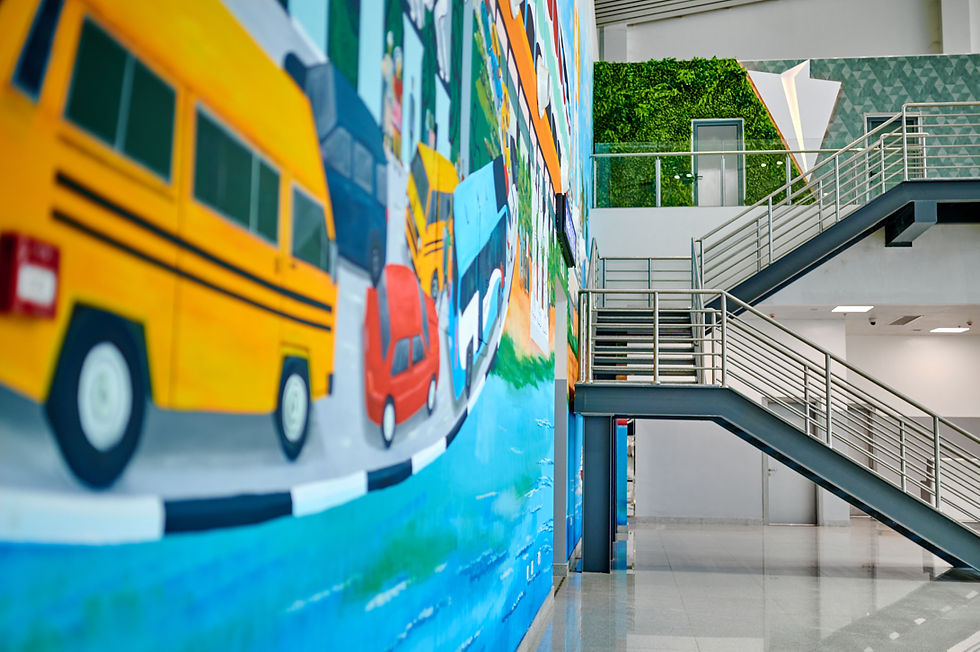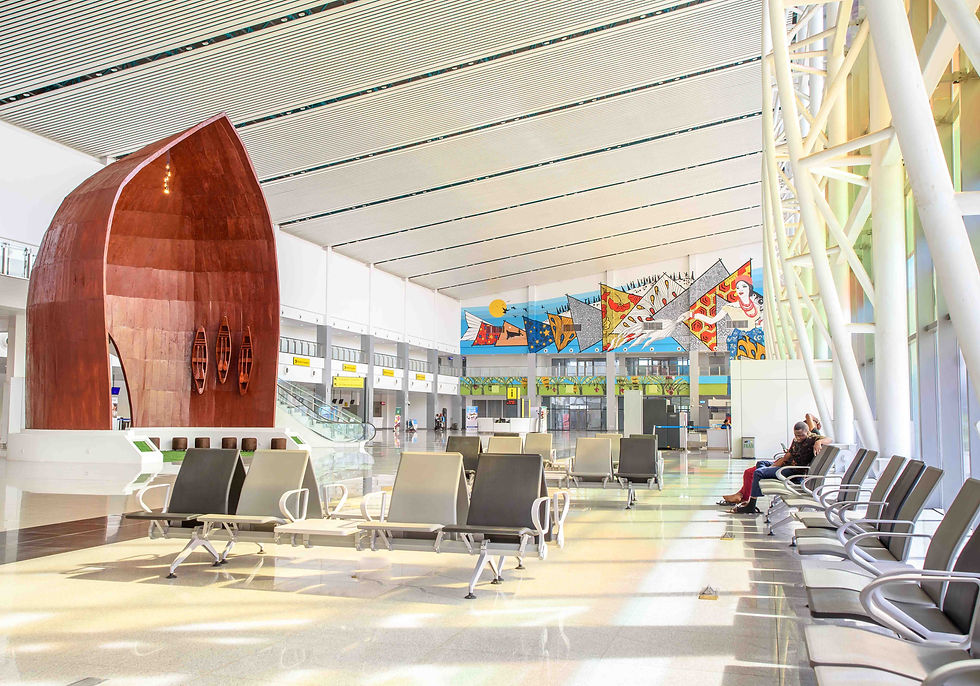Designing Trust and Performance: Rethinking ROI in Strategic Public Infrastructure
- Chisom Oguama
- Jul 24
- 3 min read
Public infrastructure has long been measured by capacity and cost. But in an era where national perception, tourism, and investor confidence directly influence economic performance, the true return on public service design is trust and operational impact.

Governments and public institutions are beginning to recognize that space is not neutral. It plays an active role in shaping how citizens and global stakeholders experience a nation’s efficiency, reliability, and governance maturity. Airports, civic buildings, and transport hubs are no longer simply functional. They are economic catalysts, influencing trade, tourism, and even diplomatic relations.
Strategic Public Infrastructure as an Economic Lever
Historically, public infrastructure focused on throughput: how many passengers a terminal could handle or how quickly it could process them. But these narrow measures overlook a far greater economic lever—public perception.
For airports especially, the impact of design extends beyond the terminal. Globally, studies link passenger satisfaction with longer dwell times and higher commercial spending, which can increase non-aeronautical revenue by double digits. Well-executed design also drives tourism flows and foreign investment by signalling stability and readiness.
By contrast, poorly designed infrastructure reinforces inefficiency stereotypes, erodes trust, and slows economic participation. In today’s competitive markets, public spaces must be treated as national signals, not expense lines.
Engineering Public Spaces for Human Experience and Economic Impact
The new ROI in public infrastructure is measured by experience and performance combined. When designed with intent, public spaces can:
Reduce stress and processing delays through intuitive layouts, clear wayfinding, and passenger flow optimization.
Stimulate economic participation by creating memorable cultural experiences that encourage dwell time and spending.
Enhance workforce efficiency through wellness and ergonomic design, improving service delivery.
Reinforce governance credibility, sending clear signals to investors, regulators, and diplomatic partners.
These benefits are already shaping Nigeria’s aviation sector.

Case in Point: Nigerian Projects Leading the Shift
The transformation of Nigeria’s key public infrastructure projects demonstrates how design, when treated as strategic infrastructure, drives trust and economic impact. At Lagos International Airport, targeted interventions rebuilt traveller confidence and strengthened Nigeria’s global positioning. By addressing post-COVID stress points, the redesign integrated cultural storytelling, health-conscious layouts, and biophilic elements. Vertical gardens and art installations (rooted in Lagos’s cultural heritage) were not decorative choices; they were strategic tools for calming passengers, reducing perceived wait times, and elevating the airport’s reputation as a modern travel hub.
Similarly, Port Harcourt International Airport merges cultural relevance with economic performance. Installations such as The Floating Fisherman and The Fish-Woman mural transform the terminal into an immersive cultural destination, strengthening tourism narratives, fostering local pride, and enhancing passenger experience—soft-power levers increasingly linked to regional economic growth.

Beyond aviation, the Ilorin Innovation Hub in Kwara State, Nigeria illustrates how government-backed design can build trust and stakeholder alignment in emerging knowledge economies. Developed through a public-private collaboration, the Hub was conceived as a signal of the state’s readiness to attract tech investment and support talent development. Open-plan collaborative zones and tech-ready incubation spaces were deliberately structured to facilitate industry partnerships, government oversight, and investor confidence. This is an important shift: when governments invest in high-performance spaces, they are creating environments that communicate stability, competence, and intent to both citizens and global stakeholders.

The Broader ROI of Public Service Design
The cost of public infrastructure design is often scrutinized, but the cost of neglect is far greater. Poorly designed spaces erode trust, suppress tourism, and stall investment, while high-performance environments consistently compound value economically, socially, and reputationally.
Public infrastructure must now be understood as strategic economic infrastructure. Every terminal, station, or civic building is a stage where a nation’s competence is judged, often within minutes of interaction. The future of public service delivery will belong to leaders who understand that trust is built as much in space as in policy.
When designed with intent, public environments become national assets quietly driving tourism, trade, and long-term confidence.
The real question for policymakers is no longer whether design is worth the investment. It is whether your public spaces are prepared to deliver the clarity, trust, and economic outcomes that today’s citizens and global partners demand.



Great job
Wonderful
Spot on.